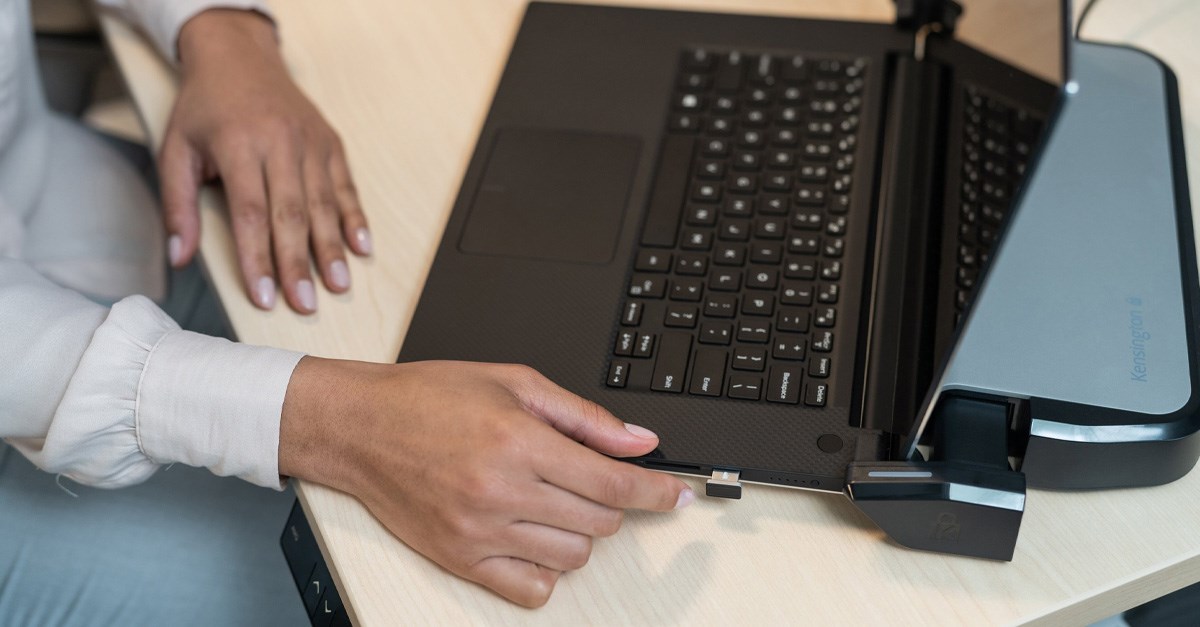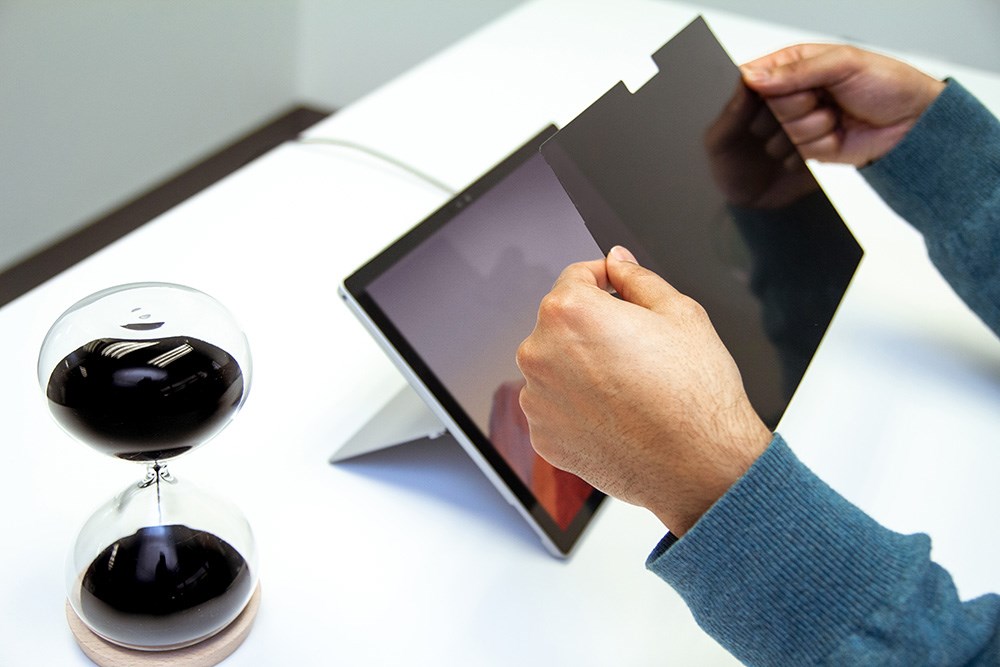
Forget making that daily commute. You can go anywhere, do anything, and meet those deadlines with whatever window view captivates and inspires you today – the world is your office. Transitioning to a remote position and working in public places means new horizons to explore – in many cases, literally.
While setting foot into the wide world brings its own excitement, unique considerations also arise concerning data security. You must take control of certain security issues that working in an office had previously solved for you. We’re specifically thinking of the physical elements of cybersecurity.
Forewarned is forearmed, as they say. Read on to learn how to keep your digital devices physically secure, whether you’re working at home or remotely in public.
Security in the Age of Working Remotely
Although this year’s virus outbreak drove working from home into the spotlight, it was already becoming a trend all around the world. The number of remote workers has exploded exponentially as more companies have discovered the many advantages it offers.
Working remotely is an excellent strategy for reducing the likelihood of spreading contagious diseases. It’s also a cost-effective option for companies, plus one way to enhance employee morale and productivity significantly.
It’s a win-win solution all around.
However, the rise of remote work introduces new cybersecurity challenges, too. Remote workers need more than what traditional security strategies offer to handle challenges like:
- The usual access controls for technology (such as locked rooms or secure premises) don’t exist.
- Employees may use their own devices, making it harder for companies to control the environments in which their information resides.
- Physical devices in public spaces experience elevated risks for theft or damage.
- The threat of visual hacking increases, as does the need for visual privacy.
Together, these features create an opportunity for hackers as well – and they’ve noticed. An emergency alert issued in March 2020 by CISA advises companies that are embracing remote work to exercise diligence with their physical cybersecurity.
Ensure that the win-win solution of remote work for companies and employees doesn’t include hackers, too. Here’s how.
Three Ways to Bring Security into the Real World
According to Gartner, a company laptop is stolen every 53 seconds. For most companies, a laptop’s theft means a data breach.
The physical security of devices bearing business information is just as important as the digital security measures most people know to take. Bring security into the real world by physically securing your device with these three strategies.
1. Secure Your Laptop with a Computer Lock
Did you know that many laptops have a security port specifically for a cable lock? Even if yours doesn’t, you can use a locking station to secure your device physically.
A locking station uses a set of arms to lock your laptop securely into the bay. Then, a cable allows you to tether the laptop anywhere you like. Lock it to:
- The table while you work at the coffee shop so you can grab that refill safely
- Your suitcase while you travel to prevent it from being removed
- A secure object in your hotel room
- Your home office desk
2. Embrace Biometrics
Biometrics uses physical features like your fingerprint or face to verify your identity. These features are unique in people and very difficult to forge. That makes them a powerful tool when augmenting the physical security of your device.
The VeriMark™ Fingerprint Key lets you harness biometric authentication to create an enhanced login process. Insert the USB into any device with the technology installed use your fingerprint to:
- Secure your Windows login by upgrading to a password-less fingerprint authentication
- Support two-factor authentication for Google and Microsoft services, plus Dropbox, GitHub, and Facebook
- Enable a more secure login for password managers
- Deploy multi-factor authentication to keep your devices, accounts, and data secure even if your password is stolen
3. Screen Filters
Visual hacking, also known as shoulder surfing, is the art of stealing information … visually. According to security researchers, it’s also one of the most effective hacking techniques that almost no one talks about.
In one study on the effectiveness of visual hacking, researchers conducted trials where security experts casually walked through a room of monitors then reported what information they were able to glean at a glance. Over the course of three separate trials, those security experts correctly identified sensitive information (and accurately recalled it) 91 percent of the time.
Imagine what a trained observer in a coffee shop could do.
Privacy screen filters eliminate this threat by reducing visibility to a limited angle. Simply attach it over your laptop’s screen and enjoy visual privacy while working in public places. (We’ve covered them in-depth right here.)

More Best Practices for Keeping Work Secure in Public Places
Having the right tools and protective measures in place is excellent, but using them correctly ensures that they actually provide the security you need. If you’ve recently embraced remote employment and find yourself working in public places, augment your device’s physical security with these best practices:
- Always log off when you’re done with your device. Keep passwords on your laptop, phone, or any other mobile device that handles sensitive information. For Windows users, make a habit of hitting the Start Key plus L to lock your laptop.
- Use a VPN when connecting to public networks. A virtual private network prevents eavesdroppers on the network from intercepting traffic to and from your device.
- Keep your passwords safe with a password manager. Although most browsers come with password memory, opt for a secure manager such as LastPass to keep your passwords encrypted and secure.
- Be careful what you access when using a public network. Don’t log into financial sites, ultra-sensitive databases, or other company assets on a public network, even if you’re using a VPN.
- Choose your seat carefully. If you’re working in public places, choose a seat where it’s difficult for someone to observe your screen from behind you.
Embrace Secure Productivity with Kensington
It’s no secret that cybersecurity involves a lot more than just putting a secure password on a device and calling it good. When working in public places, you must consider the physical elements of data security, too. From laptops that wander off to wandering eyeballs trained to spot information, our solutions help you stay safe no matter where you wander while working remotely.
Get keyed locks, security stations, and more for working on the go. Check out our full line of solutions for physical device security.